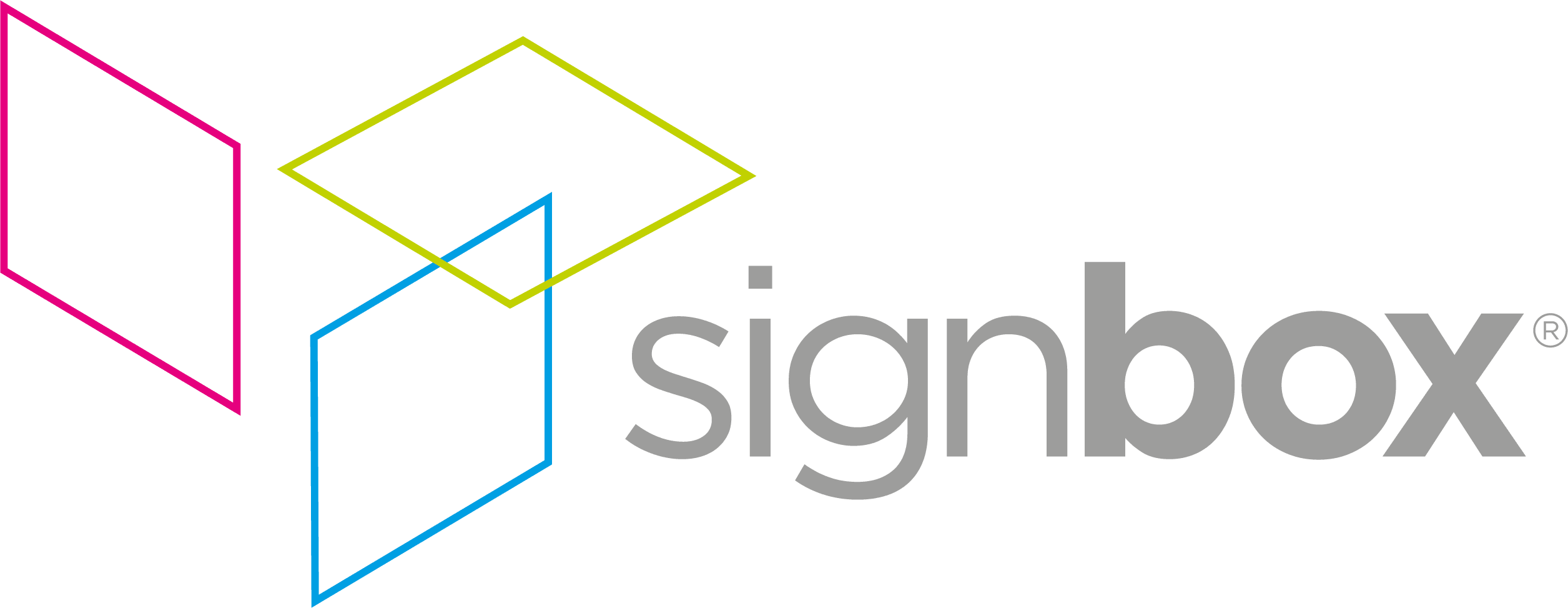In the bustling world we live in, where first impressions matter more than ever, the role of signage in buildings cannot be overstated. Signage is not merely an aesthetic embellishment; rather, it plays a crucial role in communicating information, enhancing the user experience, and contributing to the overall effectiveness of a structure. In this blog post, we delve into the various types of signage, their benefits, and the importance of maintaining consistency through corporate branding.
Types of Signage
Internal signage guides individuals within a building, aiding navigation and enhancing the overall user experience. From room numbers and directional signs to emergency exit instructions, internal signage ensures that occupants can move seamlessly through a space, safely and effectively.
The face of a building, external signage is the first impression that it presents to the world. Well-designed external signs not only attract attention but also convey the identity and purpose of the building. This includes building names, logos, and other elements that contribute to the overall branding.
Statutory Signagehttps://www.signbox.co.uk/interior/safety/:
Compliance with regulations is a must for any building. Statutory signage includes displays that convey essential safety information, legal requirements, and other necessary details to ensure that the building meets all standards and regulations.
Building signage is a powerful tool for corporate branding. Consistent use of logos, colours, and design elements across various signs fosters brand recognition and reinforces the company’s identity. It creates a cohesive and professional appearance that leaves a lasting impression on visitors.
Wayfinding signage is designed to help individuals navigate complex spaces, such as hospitals, shopping malls, or large office buildings. Clear and strategically placed signs reduce confusion, save time, and enhance the overall user experience.
Digital signage offers a range of opportunities to create dynamic, eye-catching content at the click of a button. One of the biggest benefits of digital is being able to update screen content from any cloud location, saving time and the cost of re-printing signage.
Benefits of Signage
Information Dissemination:
Signage serves as a practical means of disseminating information, whether it’s about the building layout, safety instructions, or promotional messages. Well-placed signs ensure that occupants can easily access the information they need.
Enhanced User Experience:
Navigating a building can be a daunting task without proper guidance. Internal and wayfinding signage contributes to a positive user experience by making it easier for individuals to find their way around, reducing frustration and enhancing overall satisfaction.
Branding and Image Building:
External and branding signage plays a pivotal role in shaping the perception of a building or company. A well-designed and consistent signage strategy reinforces the brand image, instils confidence, and contributes to a sense of professionalism.
Legal Compliance:
Statutory signage ensures that a building complies with safety and regulatory standards. This not only promotes the well-being of occupants but also protects the building owner from legal complications.
Importance of Corporate Branding in Signage
Consistency:
Corporate branding should be consistently reflected in all signage elements. Adhering to brand guidelines ensures that the visual identity remains uniform, reinforcing brand recognition and trust.
Professionalism:
A cohesive and well-designed signage system exudes professionalism. It communicates to visitors that the organisation pays attention to detail and values a consistent and polished image.
Memorability:
Consistent branding across signage helps in creating a memorable and distinctive visual identity. This memorability is crucial for leaving a lasting impression on visitors and potential clients.
Signage is not just an afterthought in building design; it is an integral part of its effectiveness. From guiding individuals within a space to shaping the external perception of a company, signage is a powerful communication tool. By embracing the principles of corporate branding and maintaining consistency in design, buildings can leverage signage to enhance their functionality, aesthetics, and overall impact. As we continue to evolve in a visually-oriented world, effective signage is poised to play an increasingly significant role in shaping the success of buildings and businesses alike.


